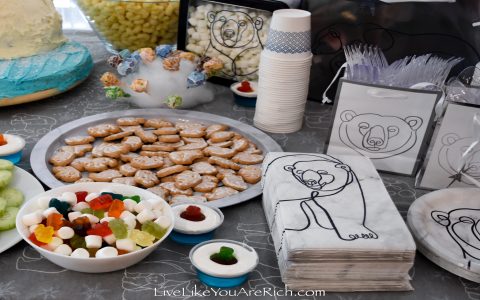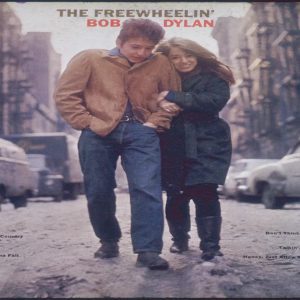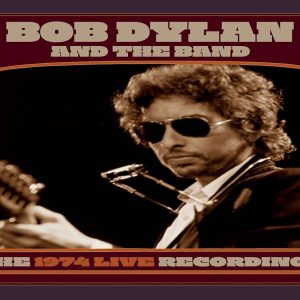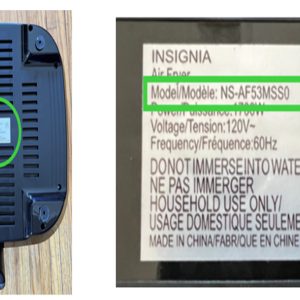Polar bear cakes are confections designed to resemble or feature polar bears, often set within an arctic or wintery theme. They are a popular choice for themed celebrations, particularly during colder months or for events focusing on wildlife.
Key Design Elements
Successful polar bear cake designs typically incorporate several distinct visual components:
- Color Palette: Dominant use of white is fundamental, often accented with cool blues, silvers, and greys to evoke an icy environment. Subtle touches of pale green or iridescent shimmers can enhance the arctic feel.
- Polar Bear Representation: The central feature, polar bears can be rendered in 2D using frosting techniques or as 3D figures sculpted from fondant, gumpaste, modeling chocolate, or even be food-safe, non-edible toppers. Poses range from playful to realistic.
- Texture Application: Creating textures suggestive of snow and ice is crucial. Common methods include using desiccated coconut for snow, piped royal icing for icicles, isomalt for clear ice effects, or textured buttercream for fur and snowy landscapes.
- Environmental Details: Elements such as fondant ice floes, sugar snowflakes, edible glitter for a frosty sparkle, or small fondant aquatic creatures can enrich the thematic setting.
- Structural Form: While standard cake shapes are common, designs may involve carved cakes to mimic the form of a bear, an igloo, or an iceberg. Multi-tiered cakes can depict layered arctic scenes.
Popular Flavor Combinations
Flavor profiles that complement the visual aesthetic and theme often include:
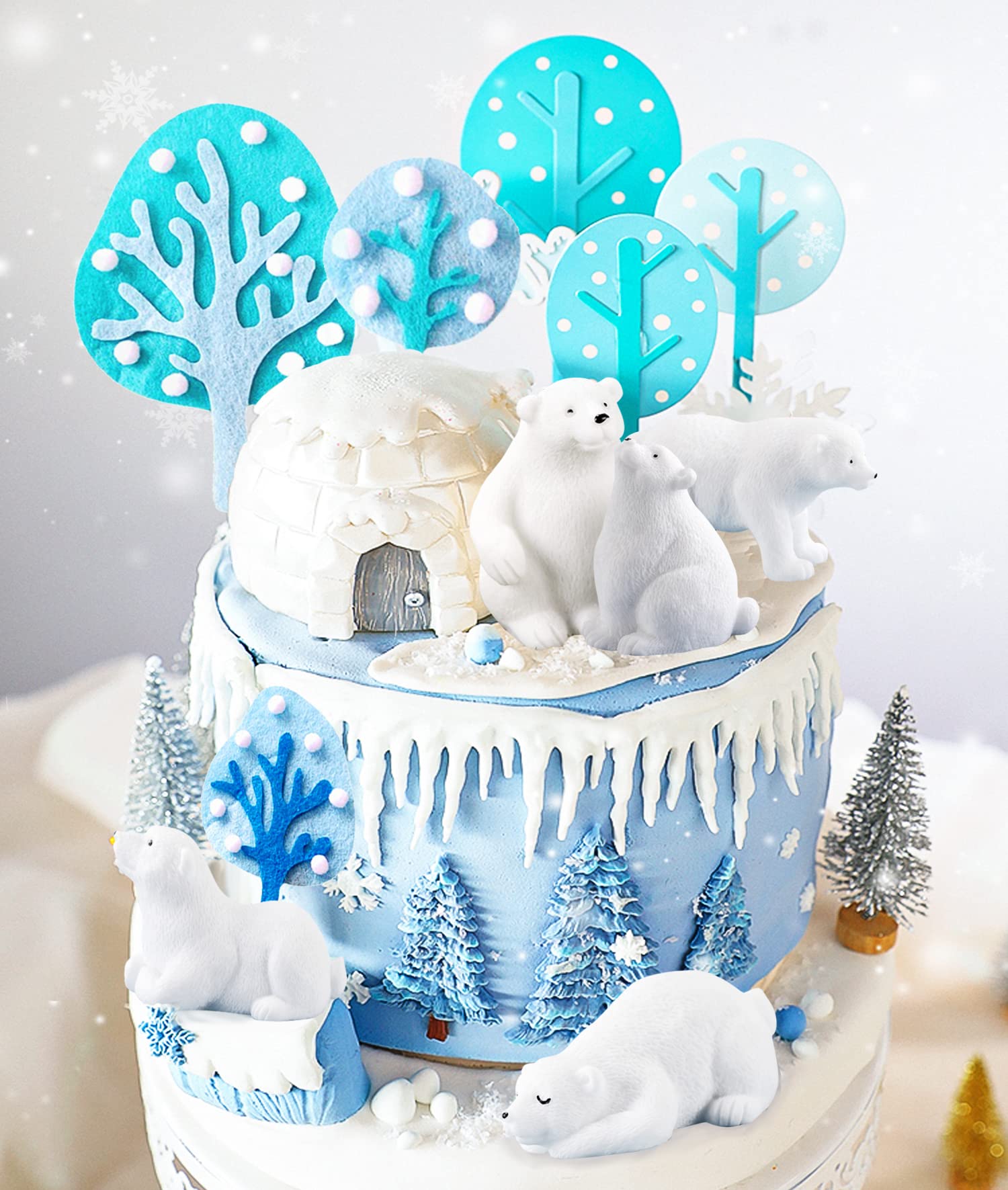
- Vanilla Bean: A classic choice that aligns with the white color scheme and offers broad appeal.
- White Chocolate: Provides a rich, creamy flavor that pairs well with vanilla or fruit fillings.
- Coconut: Offers a flavor that can be thematically linked to snow and pairs well with tropical or citrus notes.
- Peppermint or Mint: Delivers a cool, refreshing taste that enhances the arctic theme, often paired with chocolate.
- Lemon or Raspberry: Bright fruit flavors can provide a pleasant contrast to sweet frostings and fillings, often used in the cake layers or as a filling.
Occasions for Polar Bear Cakes
These themed cakes are particularly well-suited for a variety of events:
- Winter Birthdays: Especially for children or individuals with a fondness for winter or arctic animals.
- Holiday Celebrations: Including Christmas and New Year's Eve parties, serving as a festive centerpiece.
- Baby Showers: For winter-themed or animal-themed celebrations welcoming a new child.
- Educational or Conservation Events: To raise awareness for arctic wildlife and environmental issues.
Key Decorating Techniques & Considerations
Executing a polar bear cake effectively involves several specialized decorating techniques and important considerations:
- Fondant and Gumpaste Sculpting: Essential for creating detailed polar bear figures, ice formations, and other three-dimensional elements. Patience and precision are key.
- Buttercream Application: Techniques range from smooth icing for snowy landscapes to specific piping methods (e.g., grass tip for fur effects, palette knife texturing for rough ice). Achieving a pure white buttercream can require specific ingredient choices like shortening-based recipes or clear vanilla extract.
- Royal Icing Details: Ideal for fine details such as delicate snowflakes, icicles, or intricate piped patterns.
- Airbrushing: Can be used to create subtle gradients for skies, water effects, or to add depth and shadow to fondant elements.
- Structural Support: For carved cakes or multi-tiered designs featuring heavy toppers, internal supports (dowels, cake boards) are crucial for stability.
- Temperature Sensitivity: Components like isomalt or delicate buttercream details can be sensitive to humidity and temperature; proper storage and handling are vital.

